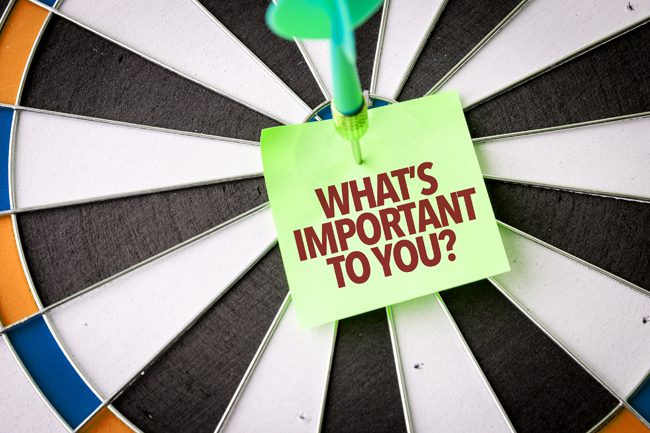

One thing U.S. Wellness has learned about being a leader in the health and well-being industry is that there is no such thing as a “one size fits all” approach to its customers’ health, both mentally and physically.
In other words, the kind of advice and support a Generation Z individual is looking for tends not to be the same thing their Gen X parent or baby boomer grandparent wants, said Tori Tomlinson, president and CEO of U.S. Wellness, which is based in Germantown, MD.
“We focus on the overall individual and try to create programs that appeal to different age groups and generations,” Tomlinson said. “What works for individuals from ages 20 to 35 isn’t that wellness program that’s exciting, interesting or valuable for people in their late 40s or early 50s.”
That need to be flexible — not only to the overall workplace population but to unique subgroups within the larger whole — is what has helped U.S. Wellness in its approach to the well-being products and services it offers. Needs constantly change, and going with the flow has made sure the company stays on top of trends and offerings, Tomlinson said.
Health and wellness is a quickly growing industry, so U.S. Wellness is on a strong path, according to statistics from Global Wellness Institute, a trade organization. It found that global wellness economy is a $4.2 trillion market. The industry grew 12.8 percent from 2015–2017, from a $3.7 trillion to a $4.2 trillion market, nearly twice as fast as global economic growth (3.6 percent). Wellness expenditures ($4.2 trillion) are more than half as large as total global health expenditures ($7.3 trillion).
U.S. Wellness has what it calls the Four Pillars of Wellness within its programs: Physical, Social, Financial and Emotional. People who use their programs can follow one, some or all of these at a time, and each one can be personalized to an individual’s needs.
The physical one follows exactly what one might expect and this is where U.S. Wellness and its clients encourage workers to schedule and go to preventative health visits, participate in recreational sports leagues or get their flu shots. Part of encouraging people to do things like track their steps or log how much water they’re drinking comes with offering incentives such as money back or entering their name in a competition to win a Fit Bit, Tomlinson said.
The social pillar encourages people who participate in this area to get out there and learn how to take care of themselves and their community. That might be through community service, donating blood, getting certified in CPR or even doing random acts of kindness to make themselves feel like they’re connecting with their neighbors and friends, Tomlinson said.
Taking care of your money and reducing stress when it comes to setting and following a budget come in as a main part of the financial pillar. Here, U.S. Wellness and its partner companies help participants learn about increasing their 401(k) contributions and how that will help them save toward retirement, donating to charity or updating their beneficiaries on various financial documents.
Finally, there is the emotional pillar, which serves to track how well people are looking after their own health so that they can be a benefit to their employer, their family and the rest of society. In this area, programs focus on helping people find ways to get enough sleep, to talk about depression or other issues connecting to mental well-being as well as carving out time for reflection, exercise and other things that count as self-help.
“Nothing we do is off the shelf or standardized. We talk to them about their culture and their demographics. We talk to them about what worked in the past,” Tomlinson said. “This works for any company of any size, and it is a win-win for employees and their employers.”








